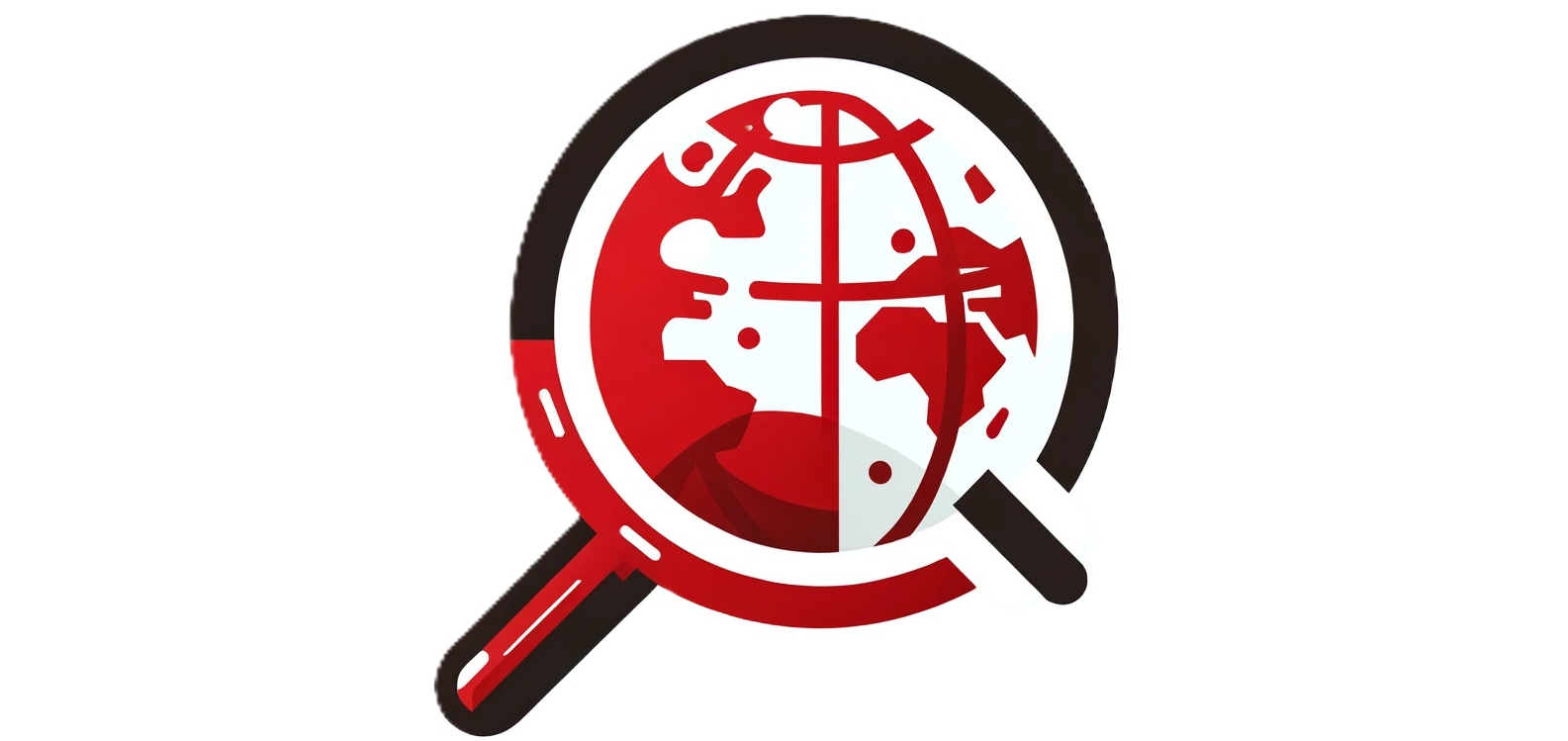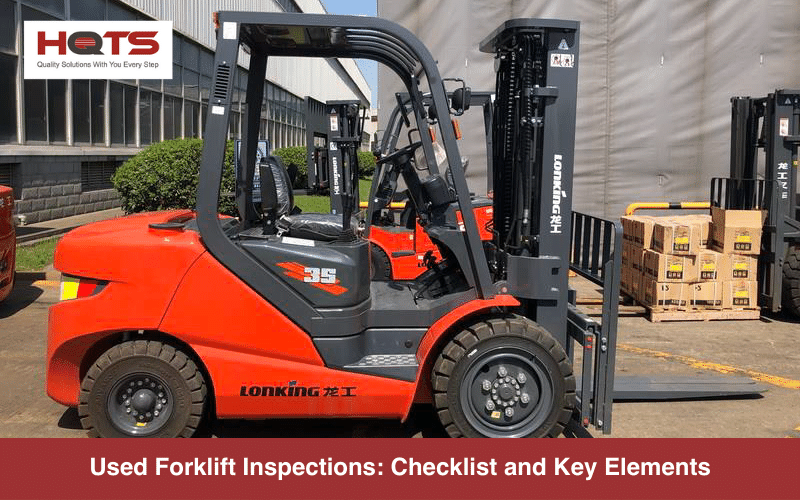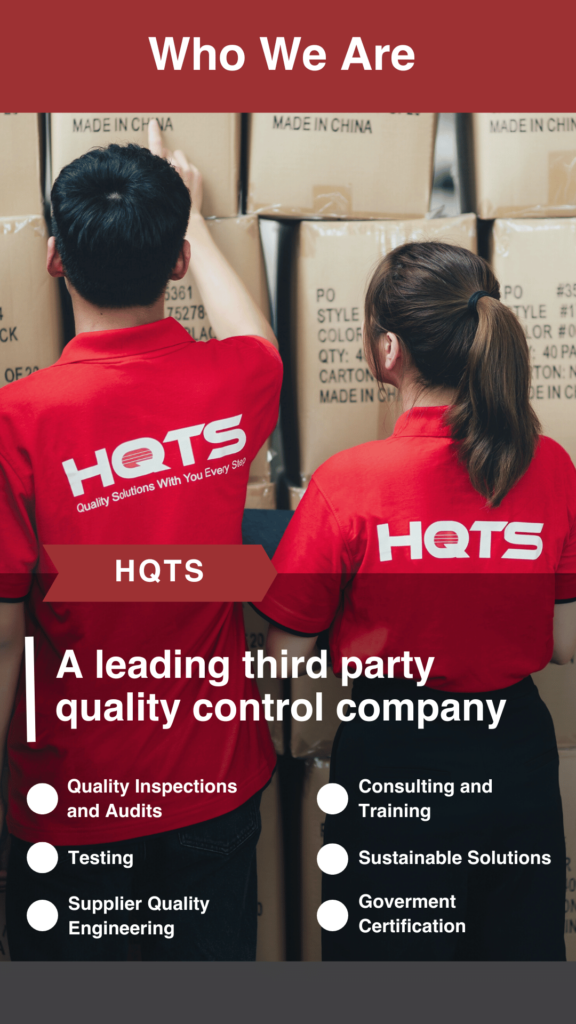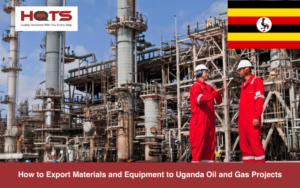Purchasing used forklifts can be a cost-effective strategy for many companies, although it carries risks. If unlucky, a business might end up with a forklift in bad condition, leading to unforeseen issues and a shortened operational lifespan.
With that said, recently many used forklift suppliers are located in distant regions like China, which makes it difficult to evaluate the machinery in person if you are located elsewhere. A practical approach to minimise these risks involves hiring a third-party inspection company to perform quality inspections on your behalf.
In this article, we’ll go through a used forklift inspection checklist and offer advice on risk reduction when purchasing such machinery.
Important Considerations When Buying a Used Forklift
Opting for a used forklift can be financially sound, but it’s crucial to scrutinise more than just the machine’s overall condition.
It is recommended to review the following:
- Service History: Look into all past repairs and maintenance activities.
- Model and Serial Numbers: Ensure they align with the documentation provided by the supplier.
- Safety Features and Certifications: Verify that the forklift has the necessary safety features and meets all required certifications.
- Supplier Legitimacy: Confirm the supplier’s credibility via an unbiased third-party inspection agency’s supplier audit.
Used Forklift Inspections: A Checklist
At AQM BD, we leverage our expertise in inspecting used excavator and other used heavy machinery to create a detailed checklist for identifying potential issues with used forklifts. Note that specific inspection criteria may vary depending on the situation. Below, we’ve outlined what we typically evaluate for a used forklift:

1. Quantity and Packing Condition
Our inspector ensures that the specified machinery, parts, and spare parts are all present at the inspection site. They’ll also:
- Assess the storage conditions for adequacy.
- Confirm the export packing is suitable for transport.
- Evaluate the condition of both outer and inner packaging.
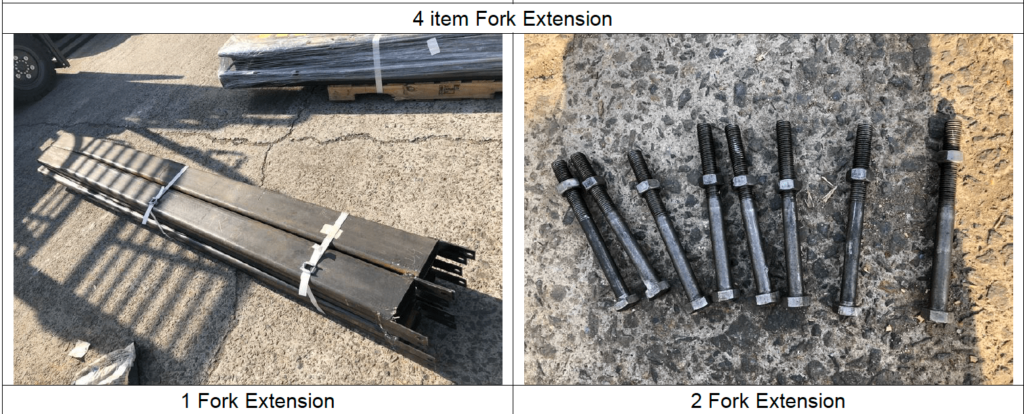
2. Visual Inspection
Visual inspection is a critical stage in assessing the machinery’s condition. It involves:
- Appearance: Checking for signs of damage such as rust, scratches, abrasion marks, bumps, press marks, cracks, and oxidation.
- Colour deviations: Ensuring no colour deviations, deformations, warpings, flow marks, short shots, etc.
- Other aspects: Looking for corrosion, debris, oil contamination, dust, paint condition, etc.
Our inspector also verifies the proper functioning of warning signs and the emergency stop and checks the nameplate details, including production date, identity number, and manufacturer’s name.
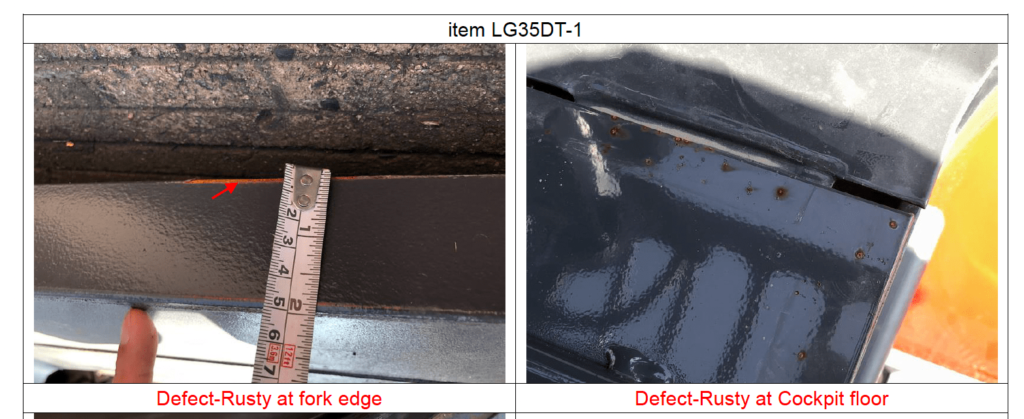
3. Specification and Document Verification
Our inspector cross-checks the order information, verifies that the manuals are in the language for the import and export countries, and checks quality certificates like the inspection test plan, self-examination records, and warranty clauses.
4. Field Test
A vital part of the used forklift inspection process is evaluating the machine’s performance and functionality through a practical field test. Specific aspects of this testing phase can vary based on the machinery type and individual circumstances but usually include:
- Assembly Assessment: Detailed examination of essential machine components, such as the transmission system, electrical elements (like insulation, wiring, and switches), the cooling and lubrication systems, and the machine’s construction.
- Operational Evaluation: This involves testing the forklift to confirm its proper functioning. Checks are carried out for mobility, controls, gauges, and the hydraulic system. Also, the noise level is evaluated according to the specifications or general requirements.
Conclusion: Used Forklift Inspections
When buying a used forklift, conducting a thorough inspection is vital. We’ve outlined key aspects in this article, including visual inspections, specification and document verification, and field tests that are generally included in these inspections.
Checking the quality of used heavy machinery can be challenging, especially when the seller is far away. This is where we, AQM BD, can assist. With a strong presence in over 80 countries, we can help with construction machinery inspections virtually anywhere in the world. Contact us today for more information.
